Apex Legends’ Legacy update will introduce the Arena, a permanent three-vs-three mode in which two squads fight against each other to see who comes out on top. Ash hosts the new gauntlet and the simulacrum herself provides a succinct breakdown of the rules: “It’s just your squad and their squad. Whoever survives, wins.”
The new Arena mode, however, isn’t as straightforward as Ash’s initial explanation makes it look. There’s more than just survival and combat, including multiple rounds, a buy phase, and no respawns.
Here’s how it all comes together to bring Apex beyond battle royale.
Rules and overview
Battle royale is a test of survival. Arenas, on the other hand, is a test of attrition. A team that wins three rounds with a two-round advantage earns the title of champion and matches won’t go any longer than nine rounds.
There’s no RNG or third-partying in Arenas. Teams can pick and choose their favorite guns, attachments, and abilities—for a price. The shop lets players spend Crafting Materials to acquire or upgrade weapons, gear, grenades, and even get extra ability charges. Ultimates, too, are locked for the first two rounds of a match.
Saving weapons for the next rounds is a useful tactic in other shooters such as CS:GO or VALORANT, but it’s not going to help you in the Arena. All weapons disappear after death and players have to acquire their guns again.
Arena matches, although fairly simple, have a clear structure: the once-off character select, a buy phase, and a combat phase. The process repeats itself until there’s a winner or until it’s a deadlocked 4-4 tie.
Here’s what happens in each part of a game.
Pre-match and buy phase
Matches kick off with legend selection. Squads must assemble their three-man roster carefully. There’s no switching characters once a match has begun.
Each round begins with a buy phase, which lets players arm themselves with weapons, grenades, healing items, and even abilities—as long as they have the Crafting Materials to pay for it.
Teams get an increasing amount of Crafting Materials per round and must spend them to buy guns or accessories. Each weapon has a fixed cost and players can use materials to upgrade them with attachments, such as sights, magazines, or stabilizers.
Improving a weapon yields a set of attachments based on that level. The first upgrade for a Volt, for instance, would come with a sight, as well as a barrel stabilizer, magazine, and stock—all in white rarity. Unlocking another batch of upgrades improves all attachments to level two. Much like fully-kitted weapons, however, players can swap their preferred optics between the unlocked options.
Legends can also spend their materials to buy additional charges for their tactical or to unlock their ultimate. Unlike weapons, however, any unused abilities will remain after a round ends, and abilities with multiple charges (such as Caustic’s gas traps) will refill automatically every round.
It’s possible to save resources or to scavenge them throughout the arena in supply bins or canisters. Kills also grant a number of materials, so a team can gain a little extra firepower even if it doesn’t win a round.
Players can move within a designated area during the buy phase. This means that the jittery Octane will probably be waiting at the edge of the zone, ready to stim into action. While the buy phase lasts, all teams are invulnerable and weapons have no ammo, but that’s a short respite. Once the shop closes, it’s time to fight.
Combat phase
Each team has its designated spawn on each side of the arena, but it doesn’t take a long hike to get into the action. Each map is roughly the size of a POI, such as Artillery or Gardens, and it won’t be long before you’re shooting at something—or getting shot by the enemy team.
Squads can revive their fallen foes, but there are no Respawn Beacons in the arena. Once a legend dies, there’s no way to bring them back until the next round.
The Arena mode takes after its battle royale counterpart with a ring that seals off a portion of the map and starts closing in the early part of a round. A care package will drop during that phase, with fully-kitted items that increase in quality as the match goes on. The first drop might contain a blue R-301, but with a little luck, you may find a Kraber just a few rounds later.
Victory and tiebreaker
After the end of each round, the game resets to the buy phase and players will get another batch of Crafting Materials, plus whatever resources they scavenged through looting or kills during the round. Squads will have the chance to swap loadouts or stock up on healing items but can’t change legends.
The first team to secure three rounds with a two-round advantage prevails in the Arena. The “win by two” rule means that matches will take at least three rounds, but it also offers an opportunity for squads to catch up in more hard-fought matches.
To ensure the new Arena doesn’t get protracted, games will last up to nine rounds. If teams are in a 4-4 deadlock tie, the competition moves on to sudden death, in which the winner takes all.
Maps
Respawn has five maps slated for Arena matches. Two of them were custom-made for the new mode, while the other three are popular points of interest from World’s Edge, Kings Canyon, and Olympus.
The first custom map is called Party Crasher and Mirage is bringing the party—and the crash. The arena appeared in the 100 million players milestone video and in the Legacy launch trailer, which led fans to speculate about what it could mean to Apex.
The map is a plaza in Olympus with a central pathway that runs across a part of the arena, as well a handful of two-story houses. The layout creates plenty of opportunities for fast-paced combat, but the Mirage Voyage, located at the center of the arena, offers valuable high ground and a line of sight for players who want to play the range game.
The second custom arena is an abandoned Phase Runner testing facility on the planet Talos. It’s not as hectic as Party Crasher and there are plenty of opportunities for long-range combat thanks to the broad sidelines, but the derelict bits throughout the area offer various options for positioning and even flanking.
To bulk up the map rotation in Arenas, Respawn is also borrowing three locations from the battle royale mode, one from each map. Kings Canyon’s Artillery, World’s Edge’s Thermal Station, and Olympus’ Gardens will make their way to the game throughout the season, with a new venue coming in every two weeks and Artillery unlocked from the start.
The Arena mode will take Apex beyond battle royale starting on May 4, when the Legacy update drops alongside the new legend Valkyrie, the Bocek Compound Bow, and an Infested Olympus.


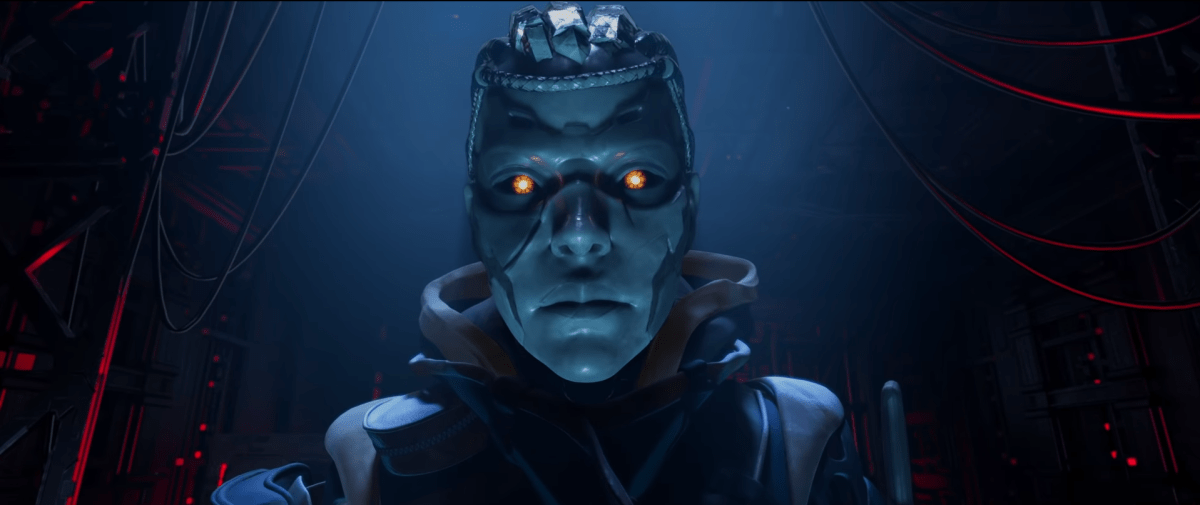
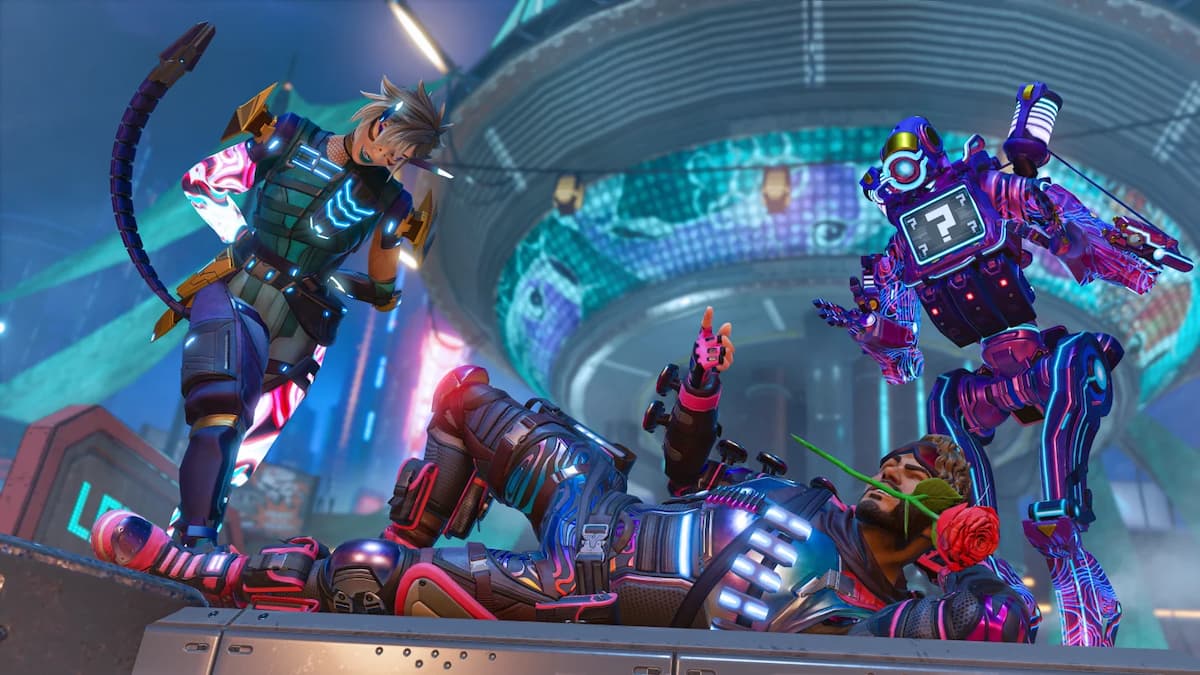

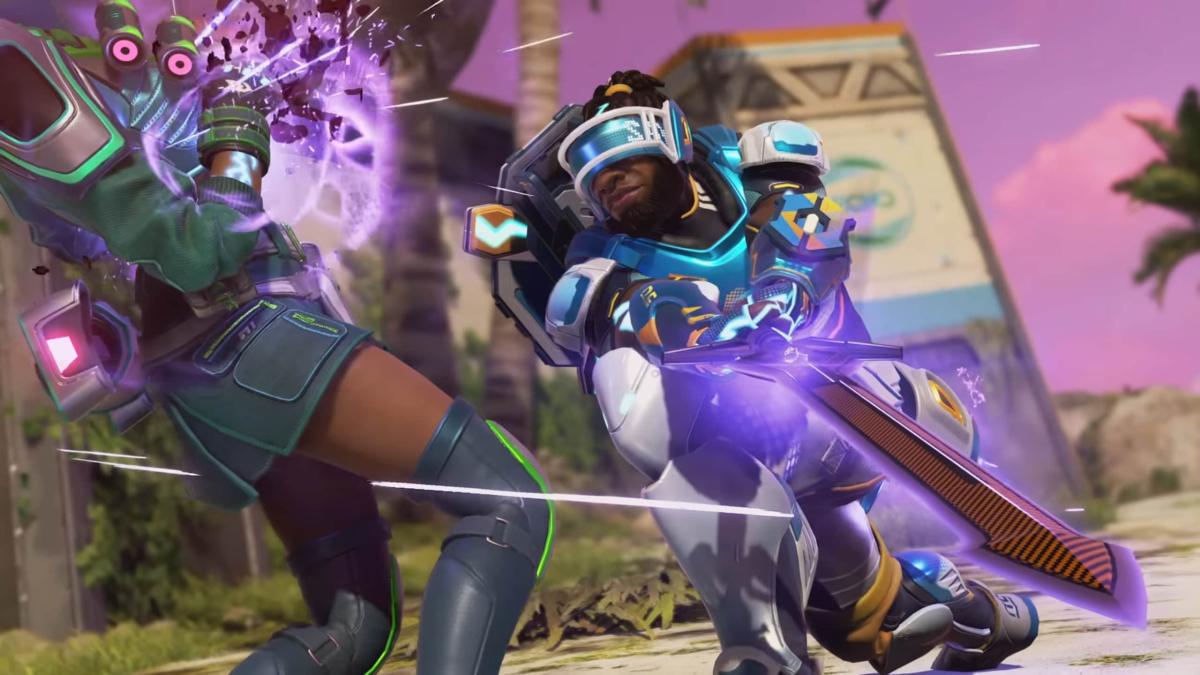

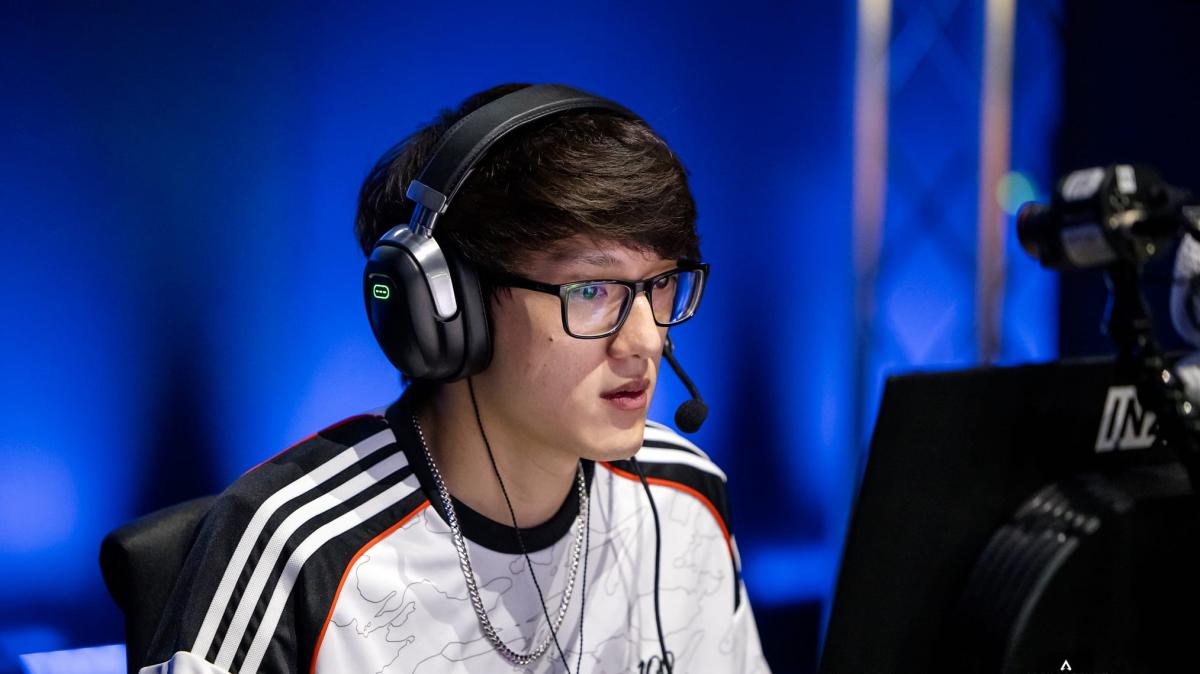
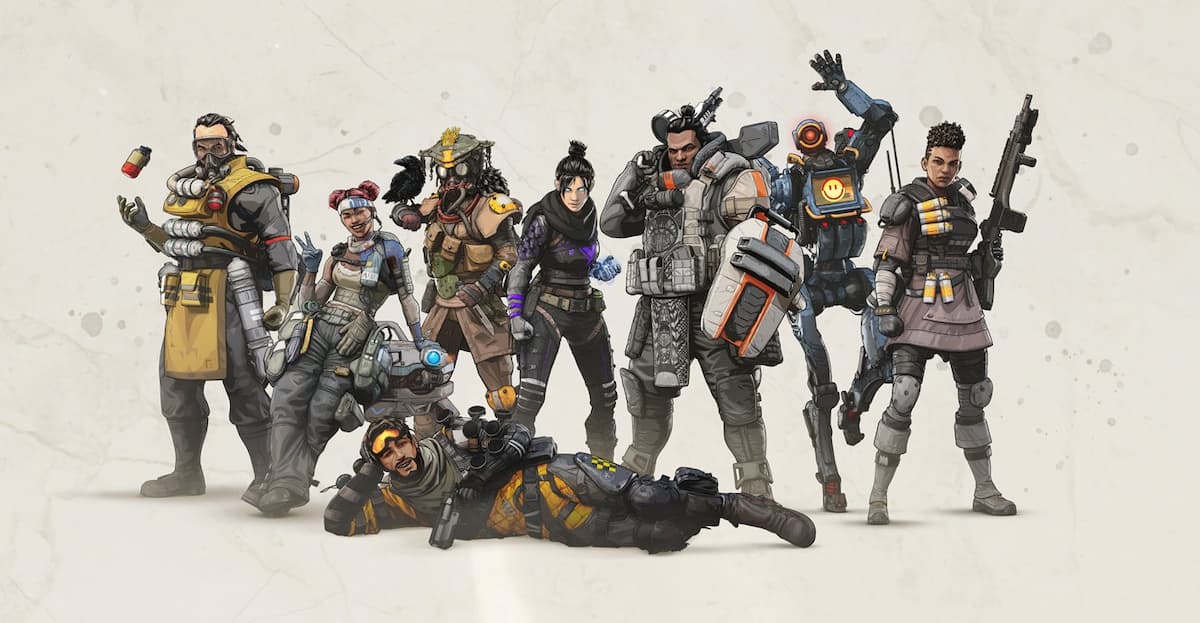



Published: Apr 26, 2021 10:01 am